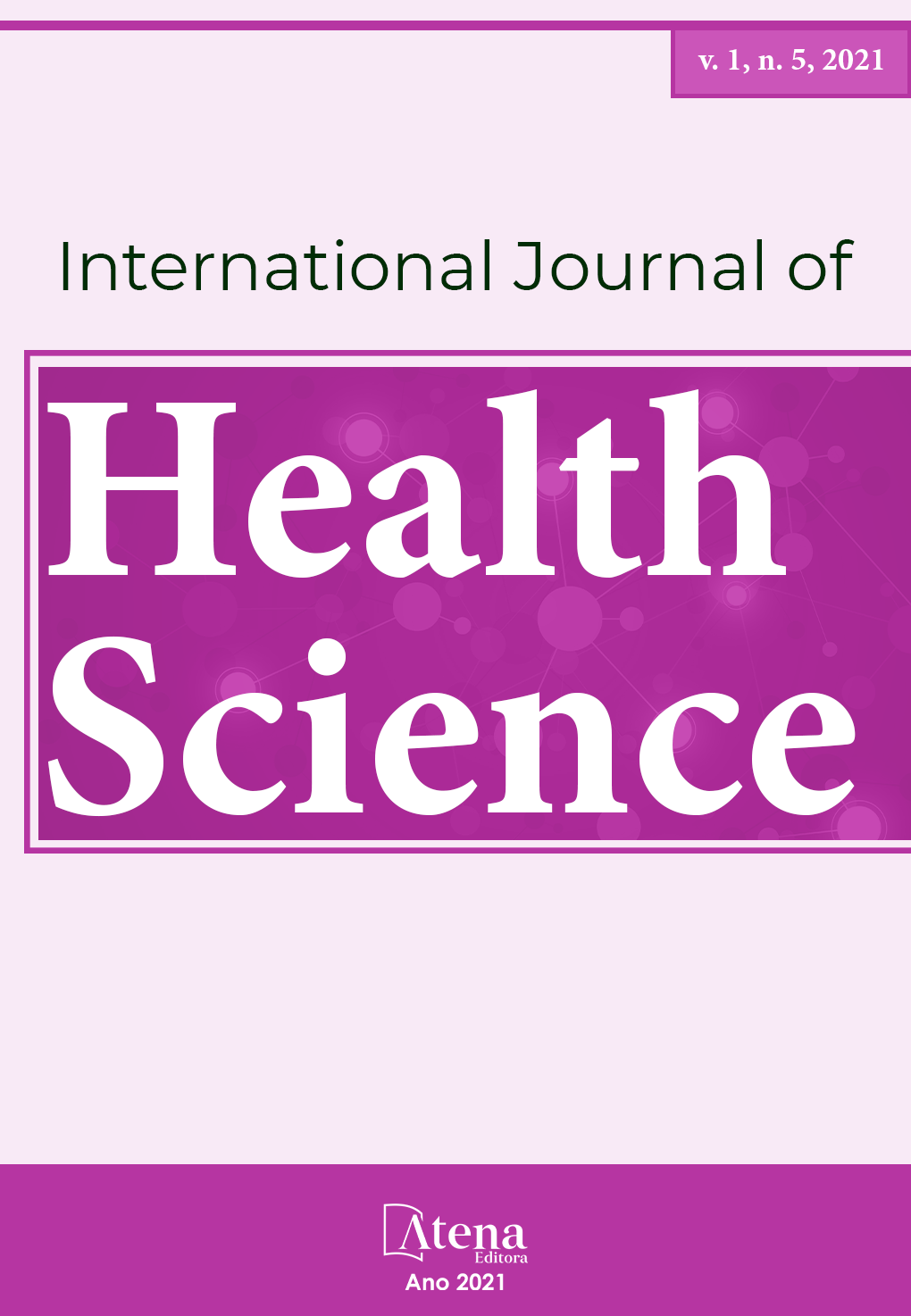
MAIN ADVERSE REACTIONS IN DRUG THERAPY WITHOUT SCIENTIFIC PROOF USED IN THE TREATMENT OF COVID-19
The new coronavirus pandemic was declared in March 2020 by the World Health Organization (UNASUS 2020). With that, there was a great adherence to the use of medications, without proven clinical efficacy, aiming at the prevention and treatment of this disease. The most used were azithromycin, ivermectin, hydroxychloroquine and chloroquine. Thus, we saw the need to perform an analysis of the adverse effects (AE) of these drugs in the population, in addition to relating them to the doses, time of use, and comorbidities in the population studied. Therefore, an integrative literature review was carried out, aiming to integrate knowledge from research carried out from November 2020 to March 2021, during the pandemic, to elucidate the AE of COVID-19 treatments both early and off-label. With searches in PubMed, BVS and Cochrane, with the descriptors "COVID-19", "hydroxychloroquine", "chloroquine", "azithromycin", "ivermectin", "nitazoxanide", "remdesivir", "adverse effects", "toxic effects " and "off-label". Clinical trial studies and randomized clinical studies, available in English or Portuguese, which had unproven therapy drugs and their AE, were prioritized. Three articles were manually added to the review via active search. Analyzing the number of reactions per 100 participants, it was possible to associate AE with dosage and time, as well as with comorbidities and risk factors for COVID-19. The most relevant disorders were neurological for ivermectin (70%), renal in the association of hydroxychloroquine and azithromycin (69%), followed by gastrointestinal tract disorders for hydroxychloroquine (58%). These drugs have significant AE for hypertensive, diabetic, obese and former smokers with COVID-19. The data showed important AE for the population, demanding greater need to weigh the risks and possible benefits of therapy, and guidance on the risks of self-medication or non-professional recommendations. Furthermore, the adverse effects can be confused with the symptoms of COVID-19, hindering the management of the infection.
MAIN ADVERSE REACTIONS IN DRUG THERAPY WITHOUT SCIENTIFIC PROOF USED IN THE TREATMENT OF COVID-19
-
DOI: 10.22533/at.ed.1592116118
-
Palavras-chave: Toxicity, Therapeutics, COVID-19.
-
Keywords: Toxicity, Therapeutics, COVID-19
-
Abstract:
The new coronavirus pandemic was declared in March 2020 by the World Health Organization (UNASUS 2020). With that, there was a great adherence to the use of medications, without proven clinical efficacy, aiming at the prevention and treatment of this disease. The most used were azithromycin, ivermectin, hydroxychloroquine and chloroquine. Thus, we feel the need to perform an analysis of the adverse effects (AE) of these drugs in the population, in addition to relating them to the doses, time of use, and comorbidities in the population studied. Therefore, an integrative literature review was performed, aiming to integrate knowledge from research carried out from November 2020 to March 2021, during the pandemic, to elucidate the AE of early treatment of COVID-19 and off-label. Searches in PubMed, BVS and Cochrane was performed with the descriptors "COVID-19", "hydroxychloroquine", "chloroquine", "azithromycin", "ivermectin", "nitazoxanide", "remdesivir", "adverse effects", "toxic effects " and "off-label". Clinical trial studies and randomized clinical trials, available in English or Portuguese, that had unproven therapy drugs and their AEs were prioritized. Three articles were manually added to the review via active search. Analyzing the number of reactions per 100 participants, it was possible to associate AE with dosage and time, as well as with comorbidities and risk factors for COVID-19. The most relevant disorders were neurological for ivermectin (70%), renal in the association of hydroxychloroquine and azithromycin (69%), followed by gastrointestinal tract disorders for hydroxychloroquine (58%). These drugs have significant AE for hypertensive, diabetic, obese and former smokers with COVID-19. The studies showed important AE for the population, demanding greater need to evaluate the risks and possible benefits of therapy, and guidance on the risks of self-medication or non-professional recommendations. Furthermore, the AE can be confused with the symptoms of COVID-19, disturbing the management of the infection.
-
Número de páginas: 39
- Juliane Carretero Silva
- Gabriella Regina Lopes de Araújo
- Juliane Centeno Müller


